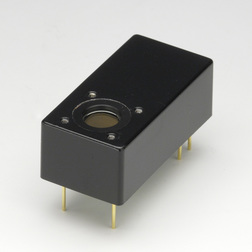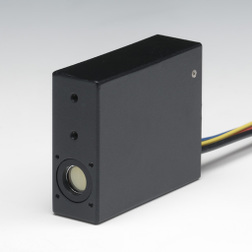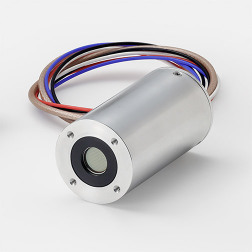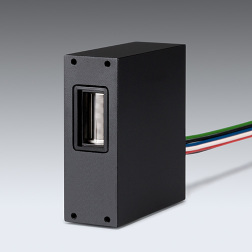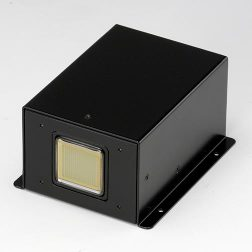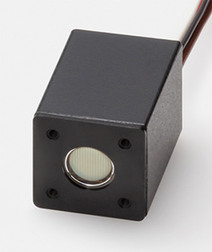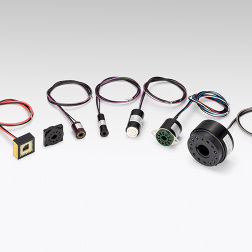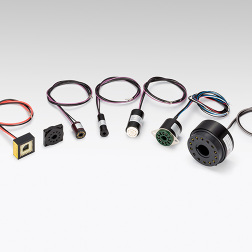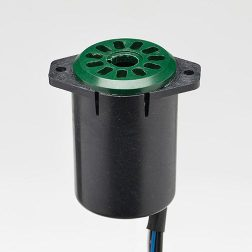A D Flip-Flop, also known as a Data Flip-Flop or Delay Flip-Flop, is a basic sequential logic element in digital circuits. It is a type of storage element, often used in registers, counters, memory units, and other sequential systems. The D flip-flop consists of a latch and a flip-flop, working in synchronization with clock signals. The main function of a D flip-flop is to store a bit of data and update its output only when triggered by a clock signal.
Working Principle of D Flip-Flop
The D flip-flop has several important inputs and outputs:
- D (Data input)
- CLK (Clock input)
- Q (Output)
- Q‾\overline{Q}Q (Inverse output)
- Optional asynchronous inputs: Reset and Set
Basic Operation:
- The D flip-flop stores the data on the D input and transfers it to the output Q on the triggering edge of the clock signal.
- It is edge-triggered, meaning it updates the output when the clock signal changes from low to high (rising edge) or from high to low (falling edge), depending on the design.
- When the clock signal transitions, the flip-flop “latches” the value of the D input and holds it stable until the next clock pulse.
Logical Function:
- The D flip-flop is essentially a “data latch.” It stores the data value from the D input and holds that value at the Q output. The output Q will only change when a clock pulse triggers the flip-flop.
D Flip-Flop Symbol
The symbol for a D flip-flop in circuit diagrams is typically a rectangle with labeled inputs and outputs. These include:
- D: Data input
- CLK: Clock input
- Q: Output
- Q‾\overline{Q}Q: Inverse output
In some circuits, the D flip-flop may also have asynchronous control inputs like Reset and Set, which can influence the output regardless of the clock signal.
Truth Table for D Flip-Flop
The truth table for a basic D flip-flop is as follows:
| CLK | D | Q (Next State) |
|---|---|---|
| ↑ | 0 | 0 |
| ↑ | 1 | 1 |
| ↑ | X | Q (Previous) |
Explanation:
- When the clock signal (CLK) rises (↑), the D flip-flop transfers the value of D to Q.
- If D is 0, Q becomes 0.
- If D is 1, Q becomes 1.
- If D is not specified (denoted by X), Q holds its previous value.
Applications of D Flip-Flop
- Data Storage: D flip-flops are widely used in digital systems to store a single bit of data. Multiple D flip-flops can be combined to form a register that stores multiple bits of data.
- Synchronous Control: In sequential circuits, D flip-flops are used to control the timing of signals. For example, a flip-flop can generate synchronized output signals based on a clock signal. D flip-flops play a key role in counters, state machines, and other timing circuits.
- Digital Frequency Dividers: D flip-flops can be used to divide the frequency of an input clock signal. By chaining several D flip-flops together, a frequency division can be achieved for various applications.
- Data Synchronization: In systems with multiple clock domains, D flip-flops are used for signal synchronization. They ensure that signals from different clock domains are transferred and synchronized to a common clock domain.
- Shift Registers: D flip-flops can be connected in series to form shift registers for serial data input and output. Shift registers are used in data communication and processing applications.
D Flip-Flop vs. Other Flip-Flops
- D Flip-Flop vs. SR Flip-Flop:
- SR Flip-Flop (Set-Reset Flip-Flop) uses separate Set and Reset inputs to control the output state, whereas the D flip-flop only requires a single data input D. This makes the D flip-flop simpler and avoids invalid states (such as when both Set and Reset are active simultaneously in an SR flip-flop).
- D Flip-Flop vs. JK Flip-Flop:
- The JK Flip-Flop can generate multiple output states based on different combinations of input signals (such as Set, Reset, Toggle). In contrast, the D flip-flop is a simple “data latching” element with straightforward behavior: it simply stores the D input value.
- D Flip-Flop vs. T Flip-Flop:
- The T Flip-Flop (Toggle Flip-Flop) changes its output state on every clock pulse (toggle). The D flip-flop, however, stores the value from D and holds it until the next clock edge.
Advantages of D Flip-Flop
- Simplicity and Ease of Use: The D flip-flop is straightforward to understand and implement, with just one data input and one clock input.
- High Reliability: Due to its simplicity, the D flip-flop is very reliable and avoids potential conflicts or indeterminate states, making it ideal for timing circuits.
- Wide Application: D flip-flops are widely used in digital systems such as registers, timing controls, data storage, and shift registers.
Conclusion
The D flip-flop is a fundamental component of modern digital circuits. Its simple, reliable functionality makes it a cornerstone for data storage, synchronization, and sequential logic design. The D flip-flop is an essential element in digital systems like registers, counters, state machines, and shift registers, playing a crucial role in a wide range of applications in electronics and computing.



